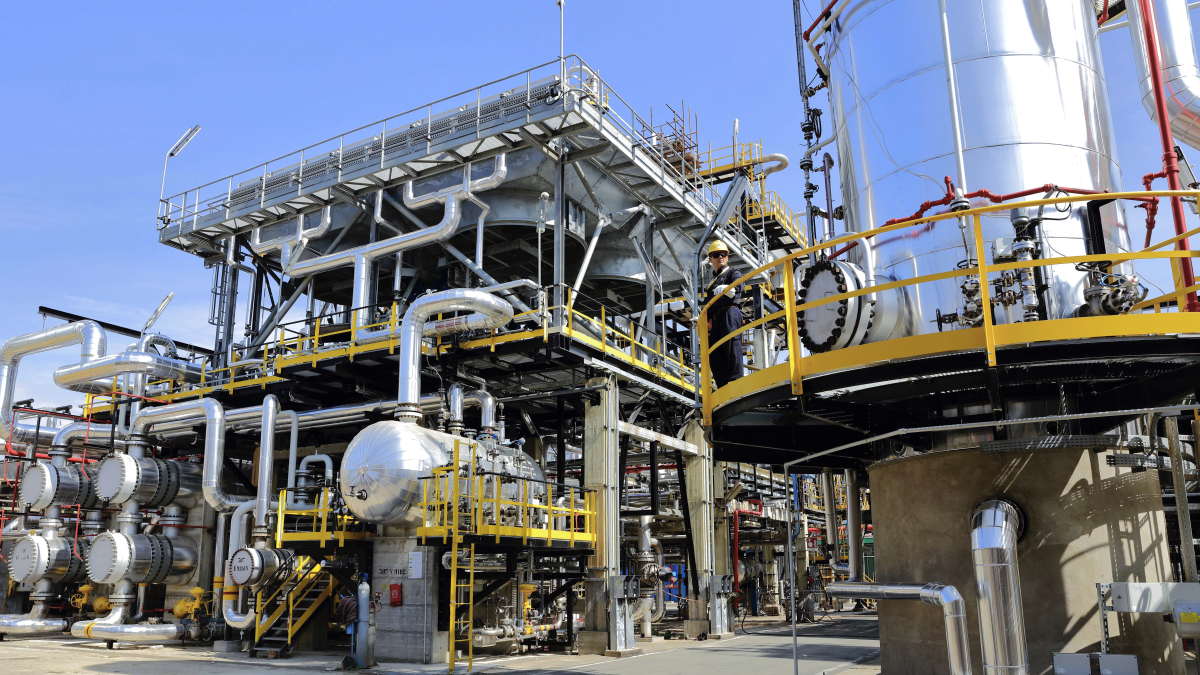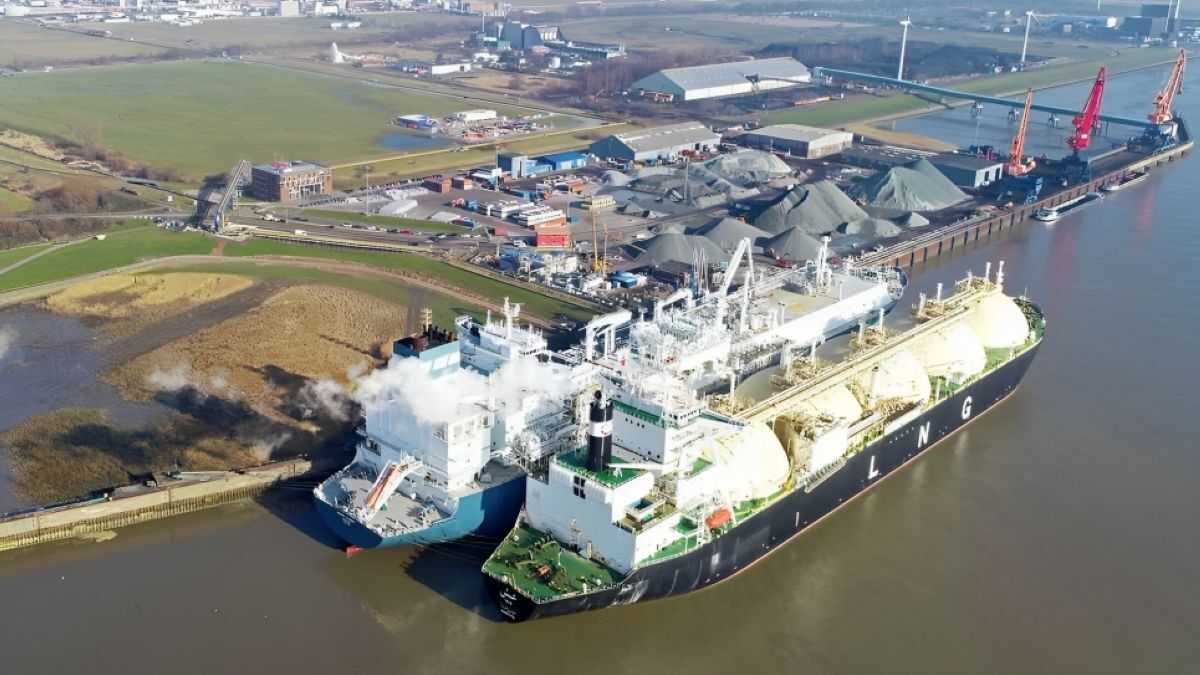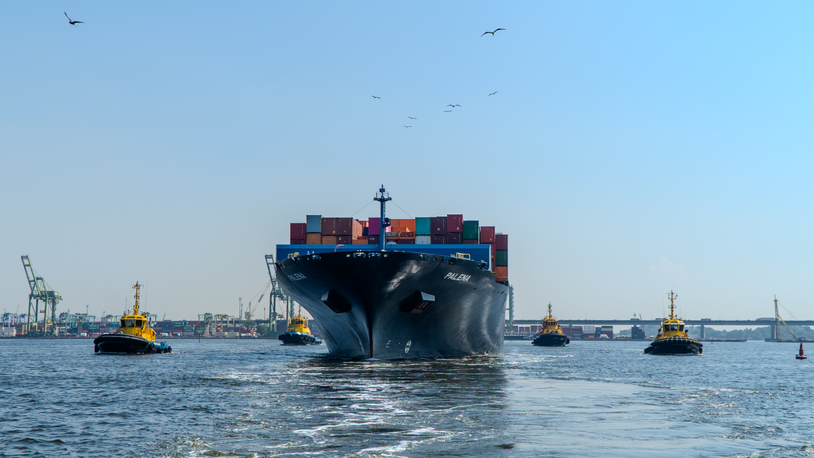Business Sectors
Events
Contents
Register to read more articles.
E-diesel: the harsh reality behind a dream alternative marine fuel
Attractive as a drop-in sustainable fuel with high-energy density, e-diesel is hampered by high cost, limited supply, energy-intensive production and inadequate infrastructure
When it comes to ‘dream’ alternative marine fuels, e-diesel has many of the attributes shipowners desire: sustainability, high energy density and use with existing engine technology.
But as a new multinational study points out, that’s where the dream ends.
The study from the Oxford Institute for Energy Studies (OIES) released in March explains: “[e-diesel] stands out as a promising alternative fuel in the journey towards decarbonising the maritime sector.” Entitled E-diesel in the shipping sector: Prospects and challenges, the study notes e-diesel’s “high drop-in quality, very high energy density per kilometre, high cetane [a chemical compound that ignites easily under pressure] and potential for swift market penetration.”
E-diesel is also said to boast several other attractive attributes for the shipping sector. It closely resembles petroleum-based diesel, is compatible with new and existing diesel engines and fuel systems, meets current diesel specifications and, because it is as safe as the fossil-fuel version, it can be legally used in existing diesel-fuelled ships. Further, the fuel functions better than rival fuels like biodiesel in low temperatures and is efficiently stored.
In short, summarises the study: “When sourced from renewable energy, e-diesel presents a climate-friendly marine fuel, showcasing a substantial reduction in greenhouse gas (GHG) and other emissions.”
Now, the bad news
But that’s just the good news. The drawbacks of e-diesel are considerable, notably high cost, low production, inadequate infrastructure and an absence of political will.
“E-diesel production incurs high energy conversion losses [that] result in substantially higher costs compared to using electricity directly,” concludes the OIES.
And the second-biggest drawback is probably availability. Although several refiners are producing e-diesel and others intend to do so – notably Neste Oil, Nippon Oil, BP in Australia, Infinium efuels and Dynamic Fuels in the US and a division of Italy’s Eni – current supplies are woefully inadequate to meet the demands of shipping. For instance, between Europe and the US, current capacity is a mere 550M gallons.
“e-diesel presents a climate-friendly marine fuel, showcasing a substantial reduction in GHG”
And yet e-diesel is seen as a promising fuel for the future, once costs fall and supply increases. As the study notes, e-diesel offers certain advantages over biofuels, another frontrunner in the new-fuel race. Conventional biofuels, for instance, require a lot of water and land, which puts them in competition with food agriculture and raises important issues of sustainability.
UK-funded project
As far as the UK government is concerned, e-diesel is sufficiently promising that it is funding a project that could see the fuel rolled around the world. Described as a “techno-economic feasibility study” into the fuel’s production and distribution, the grand plan is to come up with a model that would be adopted in strategic UK harbours and ports and, if that works, taken worldwide.
The company selected to devise the model is Catagen, a UK-based group that is developing a process for new liquid e-fuel production, including e-diesel, as well as the essential port-side equipment. The purpose is to determine whether the process is commercially viable. According to Catagen: “The project’s core methodology involves harnessing a wealth of data, including local renewable energy-generation potential, fuel demand profiles, fuel infrastructure, fuel storage and distribution insights provided by project partners.”
Two ports have been selected to test the viability of the model: Belfast in Northern Ireland; and Orkney in the Shetlands. Called ClimaHtech, the technology combines renewable hydrogen and sustainable carbon dioxide to make a wide variety of synthetic fuels such as e-diesel, e-kerosene and sustainable aviation fuel (SAF).
HVO in action
However, e-diesel trails behind biofuels in the race, despite the latter’s shortcomings in terms of thirst for water and land. For instance, San Francisco’s Golden Gate Ferry commuter service has been running on hydrotreated vegetable oil (HVO) since 2019, clocking up “well over 120,000 operating hours”, according to the company. HVO is seen as a clean and sustainable diesel fuel that is stable in storage, in fact substantially above that of FAME, the pure biodiesel which is derived from fatty acid methyl ester. HVO also stores better than fossil diesel fuel.
The big advantage of HVO is that it is already on the market. As engine manufacturer MTU points out, its propulsion systems are already almost CO2-neutral when run on HVO. Its chemical composition is like fossil diesel fuel, which makes it suitable for direct use in all diesel engines in either pure form or blended as a drop-in fuel.
Ultimately, as the OIES study explains, it all comes down to price and here the US could be on a long-term winner. Because the cost of electricity is the main consideration in the production of e-diesel, the US expects to rely on its “immense potential for renewable energy utilisation” to deliver e-diesel at rock-bottom prices. The current projection for green hydrogen production is a “remarkably low US$2.10 a kilo by 2030, positioning the US as a significant player in the global pursuit of affordable and environmentally friendly liquid e-diesel.”
But a lot must happen first in terms of infrastructure, government support and increased production before the price gap is bridged. At present, the OIES notes, there are massive variations in the cost of production, even in the US, depending on whether an optimistic or pessimistic scenario is adopted. Under the optimistic outlook, the total cost per kilo of e-diesel comes out at US$2.76, while under the pessimistic one the price jumps to US$11.94.
E-diesel is one of several synthetic fuels that are produced using green hydrogen and CO2. Bureau Veritas M&O sustainable shipping expert, Julien Boulland, says the major advantage and disadvantage of e-fuels is the same: their green-hydrogen base: “Today, green hydrogen presents significant challenges in terms of cost, scalability and global availability. But once the shipping and chemical industries can make green hydrogen abundant, e-fuels could leap to the forefront of marine decarbonisation solutions.”
So, while the high suitability of e-diesel is intriguing, its high costs, renewable energy-intensive production and low supply might just make it a pipe dream to decarbonise shipping.
Related to this Story
Events
Maritime Environmental Protection Webinar Week
Cyber & Vessel Security Webinar Week
The illusion of safety: what we're getting wrong about crews, tech, and fatigue
Responsible Ship Recycling Forum 2025
© 2024 Riviera Maritime Media Ltd.














